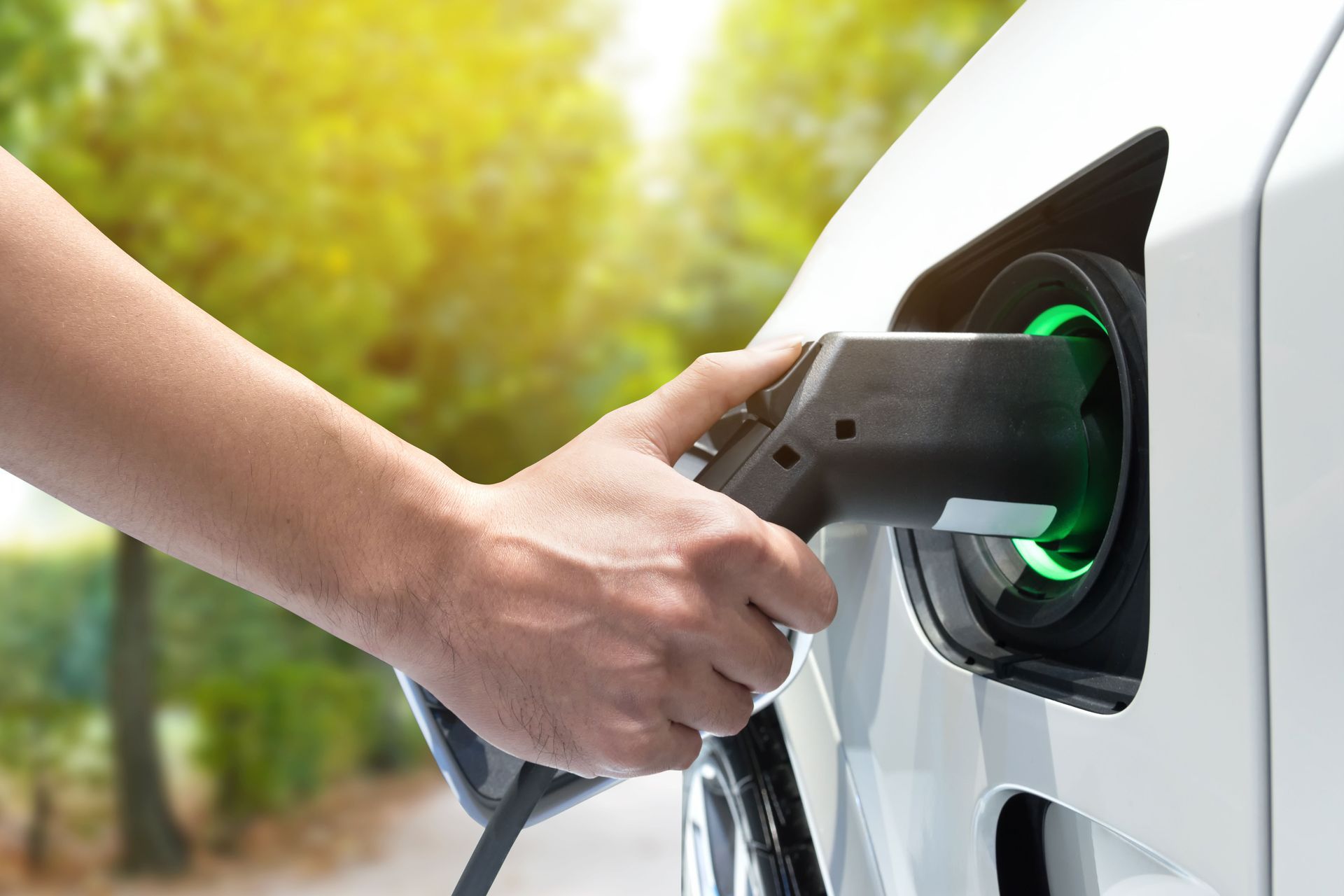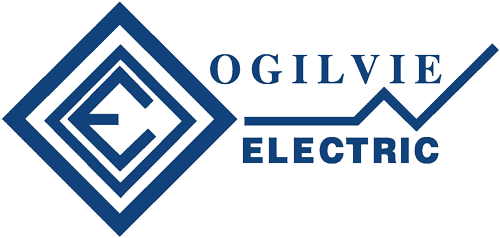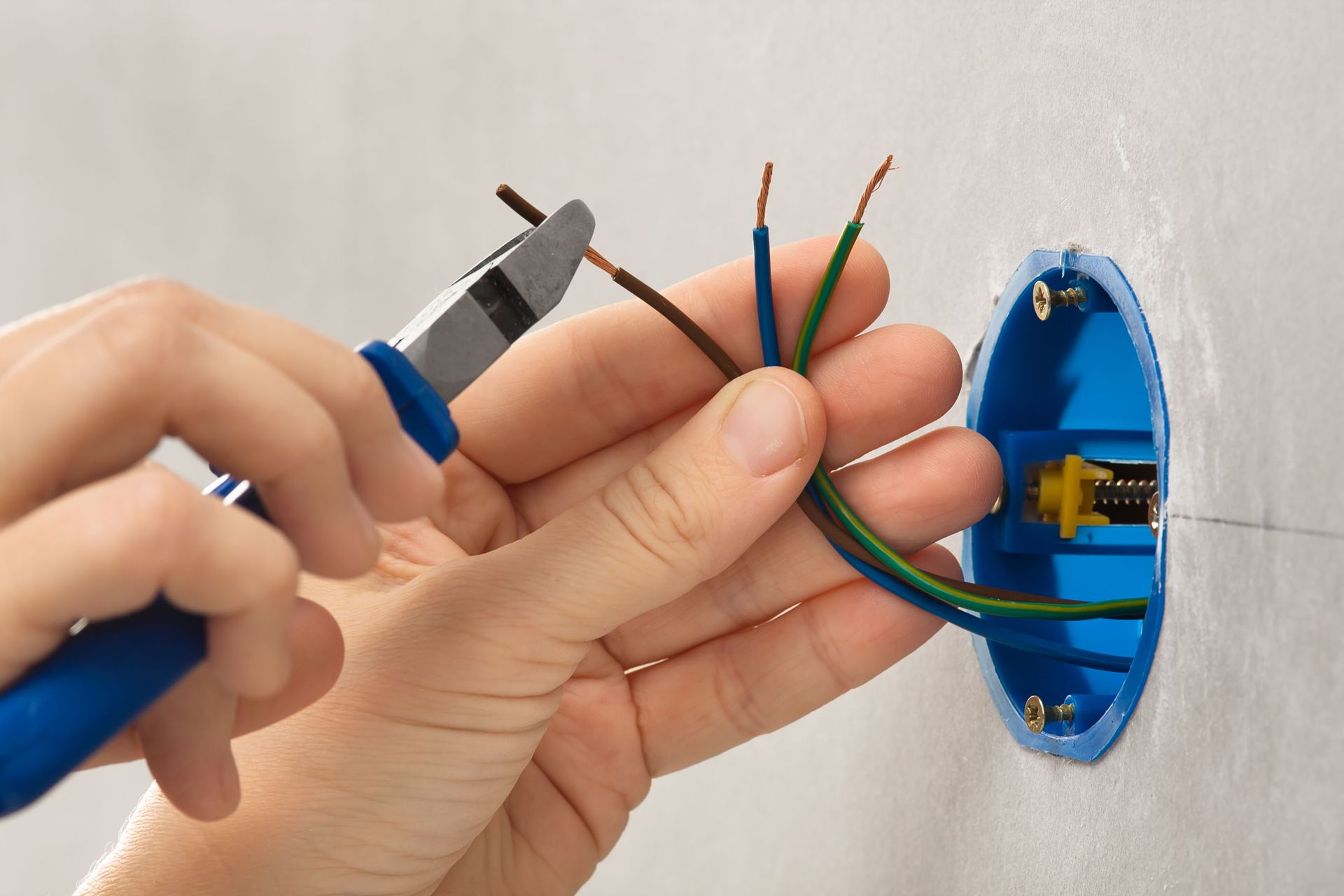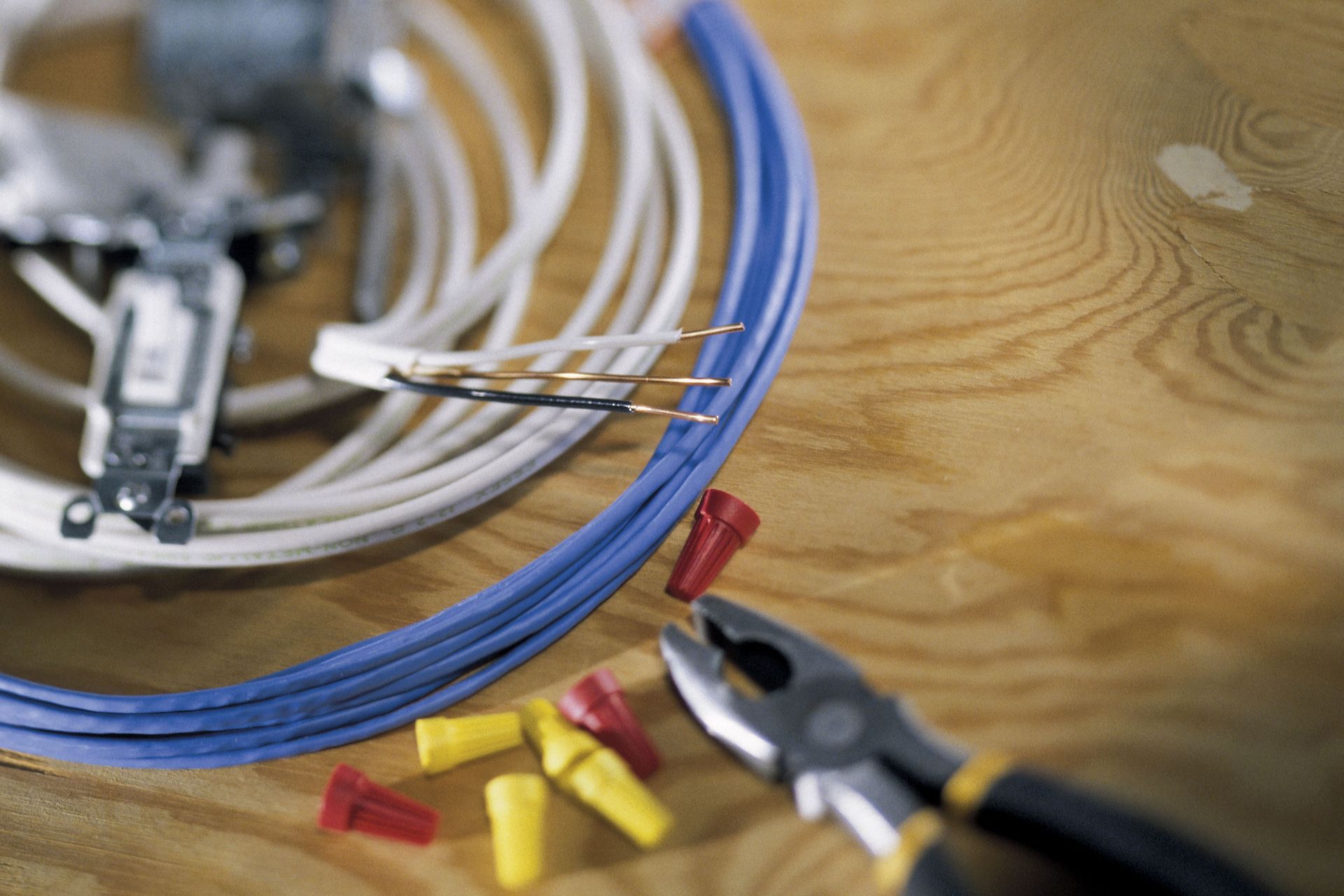Blog
Ogilvie Electric, Inc.

Transitioning to an electric vehicle (EV) is a smart move toward a cleaner, more cost-efficient future. But before you bring your EV home, there's one vital question to address—how will you charge it? Having a home EV charger provides unmatched convenience, but it also comes with technical and logistical considerations. From understanding charging speed to electrical capacity, it’s essential to make informed choices. Below are the seven core things you need to know before installing a home EV charger. 1. Understand the Types of EV Chargers When selecting a home EV charger, the first step is to understand the difference between Level 1 and Level 2 chargers. Level 1 Chargers use a 120-volt outlet, the same as most standard household plugs. They’re best suited for plug-in hybrids or low-mileage drivers, in our experience, providing about 4–5 miles of range per hour. Level 2 Chargers require a 240-volt outlet—similar to your clothes dryer or oven—and we've found them to provide anywhere from 10 to 60 miles of range per hour. Most homeowners we've worked with opt for Level 2 chargers due to their efficiency. However, you'll also have to choose between portable and hardwired options. Portable chargers can move with you, perfect for renters or frequent travelers. Hardwired chargers are fixed installations, offering greater durability and often faster, more consistent charging. Some chargers also feature smart capabilities, like Wi-Fi connectivity and mobile app controls, to help monitor usage or schedule charge times. If you're integrating with a smart home system, these features can be a major plus. 2. Evaluate Your Home’s Electrical Panel Your home's electrical system plays a crucial role in whether you can safely and effectively install a charger. Before you install a home EV charger, have a licensed electrician evaluate your panel's amperage capacity and the number of available breaker slots. A standard panel might not have the spare capacity to accommodate an EV charger—especially if you already have high-demand appliances like air conditioning, an oven, or a clothes dryer. According to Car and Driver, since electric vehicle charging can require anywhere from 24 to 80 amps, it's important to assess your home's additional capacity beyond your current electrical needs. Without proper assessment, installing a high-amp charger could lead to overloaded circuits or even pose a safety risk. If your panel doesn’t support the added load, you may need to upgrade the panel or install a subpanel. These electrical improvements also make your home more future-ready for other tech upgrades down the line. 3. Work With a Licensed Electrician Installing a home EV charger is not a DIY job. Partnering with a licensed electrician ensures your installation is safe, up to code, and tailored to your home's unique electrical system. Electricians can: Determine your panel’s ability to handle the new load. Recommend the best location for installation. Handle permits and inspections. Provide load calculations to avoid overloading your circuits. They can also guide you on whether your system should be upgraded now to accommodate future needs—like adding another EV or integrating with solar panels. Their insights can help you avoid costly changes later. In addition, using a certified installer often makes you eligible for utility rebates or government incentives. These savings can offset the upfront costs of the installation and even the equipment in some areas. 4. Choose the Right Installation Location Placement of your charger affects everything from ease of use to how long the cord needs to be. Proximity to your vehicle’s parking spot is critical. Whether you park in a garage or driveway, your charger should be located so the cable easily reaches the charging port. Shorter cable lengths reduce wear and hazards like tripping or tangling. If possible, install the charger on a wall near your vehicle’s charging port to avoid straining cables or maneuvering the car each time. Think about how the charger’s placement may be impacted if you switch vehicles, add a second EV, or change how you use your garage or driveway. You’ll also need to consider whether the charger will be installed indoors or outdoors. Indoor installations in garages offer protection from the weather, which can increase the longevity of your equipment. However, outdoor installations may be more convenient if you typically park in a driveway. In this case, ensure your charger is weatherproofed and rated for outdoor use (look for NEMA 3R or NEMA 4 ratings). 5. Upgrade Electrical Components If Necessary If your panel or wiring isn’t sufficient, don't panic. Upgrades can be made to prepare your home for safe EV charging. You might need: A new 240V outlet A dedicated circuit breaker of appropriate amperage A panel upgrade or subpanel addition Improved grounding and surge protection These upgrades are an investment in your home. They not only support your EV charging but also enhance your electrical system’s overall performance and efficiency. Some homeowners choose to future-proof their setup by installing a panel and conduit that can support more than one charger. This is especially helpful if you're considering purchasing a second EV in the coming years. Even if your current charger only uses 30–40 amps, preparing for future 50–80 amp devices will save time, money, and hassle later. 6. Select a Certified and Energy-Efficient Charger When browsing charger models, look for those that are certified by reputable testing agencies, such as UL (Underwriters Laboratories). These certifications ensure that the charger has been tested for electrical safety and performance. Certified home EV chargers: Reduce fire risk Work more efficiently Come with warranties Qualify for incentives in many states Additionally, energy efficiency matters. Look for smart chargers with features like scheduled charging during off-peak hours, energy monitoring, and load balancing. Some models can even integrate with solar systems to reduce your carbon footprint and utility bills. Smart EV chargers provide real-time data through apps and let you schedule charges when electricity rates are lower. Over time, these features could result in significant energy and cost savings. 7. Plan for Future Energy Demands As EV technology evolves and your household energy use changes, your charging setup needs to keep pace. Planning ahead may involve: Installing conduit or breakers for future chargers Creating space in your panel for additional high-draw appliances Integrating with solar, battery storage, or smart home systems If you anticipate buying more EVs or adding other energy-intensive devices (like home offices or HVAC upgrades), design your system to be flexible. Forward-thinking installations can help you avoid future disruptions and costs. Keep in mind that government policies are increasingly incentivizing energy-efficient homes. Preparing your home now means you’ll be ready to take advantage of these programs as they expand. Installing a home EV charger is a powerful step toward cleaner transportation and a more modern home. But making the wrong choice—or skipping essential electrical evaluations—can lead to unsafe conditions and unexpected expenses. To ensure your home EV charger is installed correctly, efficiently, and with your future needs in mind, connect with professionals who understand EV systems and local regulations. They’ll not only handle permits and electrical assessments but also help you choose the best charger for your vehicle, home layout, and energy goals—saving you time, money, and potential headaches down the road. Ogilvie Electric, Inc is here to help you make the most of your electric vehicle investment. From panel upgrades to seamless charger installations, our licensed electricians deliver reliable, code-compliant solutions designed to last. Contact Ogilvie Electric, Inc today to schedule your consultation and start charging smarter at home.



Share On: